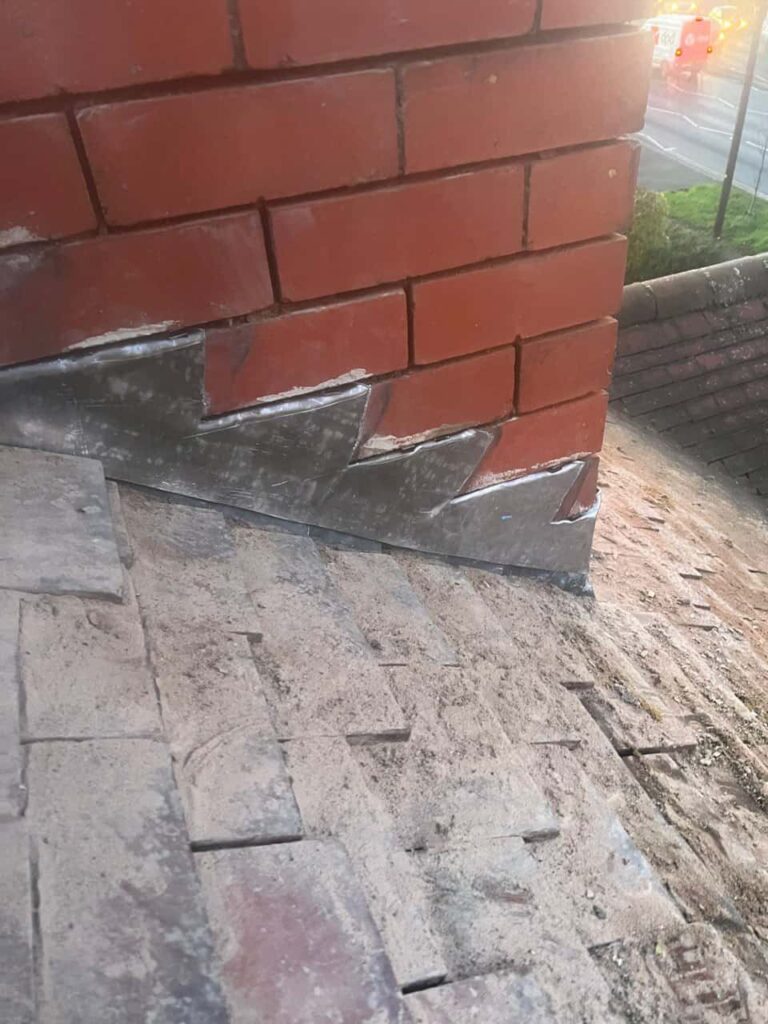7 Key Differences Between Tiled and Slate Roofs
Introduction
When it comes to selecting roofing materials, homeowners are often faced with the choice between tile and slate. Both options offer unique advantages in terms of performance, appearance, and value, but understanding the differences is crucial for making an informed decision.
At ATC Roofing Bromham, we specialise in roof installations, repairs, and replacements across Bromham, Bedfordshire. This blog will explore the seven key differences between tiled and slate roofs, helping you determine which material best suits your property and long-term needs.
1. Material Composition
Tiled Roofs
Roof tiles are typically made from either clay or concrete. They are manufactured to be uniform in shape, with interlocking profiles that provide a consistent look and weatherproofing.
Slate Roofs
Slate is a natural metamorphic stone that is quarried, split, and hand-shaped. Its organic formation means each piece is unique, giving slate roofs a distinctive and timeless appearance.
Key Point:
- Tiles = Manufactured (clay or concrete)
- Slate = Natural stone
2. Aesthetic Appearance
Both tile and slate can enhance a property’s kerb appeal, but their styles are quite distinct.
- Tiled roofs tend to offer a more modern, uniform appearance with a variety of profiles and colours.
- Slate roofs are known for their traditional charm, making them ideal for period properties or those in conservation areas.
Considerations in Bromham:
Slate is often chosen for heritage buildings, while tiles may be more popular for new builds or extensions.
3. Weight and Structural Requirements
Slate is heavier than roof tiles, and this can influence the type of roof structure required.
- Slate roofs may require reinforced support due to their weight.
- Concrete tiles are also heavy, though typically lighter than slate.
- Clay tiles can be significantly lighter, depending on the profile.
Key Point:
Always check whether your existing roof can support the chosen material without additional reinforcement.
4. Longevity and Durability
Slate Roofs
Slate is renowned for its longevity, often lasting over 100 years with minimal maintenance. It is highly resistant to weathering, moss, and insect damage.
Tiled Roofs
Clay and concrete tiles also offer excellent durability but typically last between 40 and 75 years, depending on material quality and exposure.
Summary:
- Slate = Extremely long-lasting (up to 100+ years)
- Tile = Reliable but with a shorter average lifespan
5. Maintenance Requirements
Both tiled and slate roofs require periodic inspection, but slate generally demands less upkeep due to its density and weather resistance.
- Slate roofs may need occasional re-fastening of individual slates.
- Tiled roofs can be prone to cracking or shifting in extreme weather, especially if the tiles are older or poorly installed.
At ATC Roofing Bromham, we provide maintenance and inspections for both types across Bromham, ensuring any issues are addressed promptly.
6. Cost and Installation
Slate is a premium roofing material, both in terms of supply and labour, due to the expertise required for installation.
- Slate roofs tend to have a higher upfront cost.
- Tiled roofs are generally more budget-friendly, with easier and faster installation.
Cost Breakdown:
- Slate = Higher initial investment, lower long-term cost
- Tile = More affordable upfront, potentially more frequent repairs or replacement
7. Environmental Impact
Slate is a naturally sourced material with minimal processing, making it an environmentally responsible choice.
- Slate roofing has a lower carbon footprint due to its longevity and recyclability.
- Concrete tiles are manufactured using more energy, while clay tiles sit somewhere in between.
Environmental Insight:
If sustainability is a top priority, natural slate has the edge due to its durability and minimal environmental processing.
Conclusion
The choice between tiled and slate roofing depends on your budget, property style, structural capacity, and long-term expectations. Slate offers unmatched longevity and traditional aesthetics, while tiled roofs provide flexibility, affordability, and a wide range of design options.
If you’re considering a new roof or replacement in Bromham, Bedfordshire, contact ATC Roofing Bromham. Our experienced team can guide you through the decision-making process, offering honest advice and expert installation tailored to your home’s needs.
Call us on: 01234 982 391
Click here to find out more about ATC Roofing Bromham
Click here to complete our contact form and see how we can help with your roofing needs.

